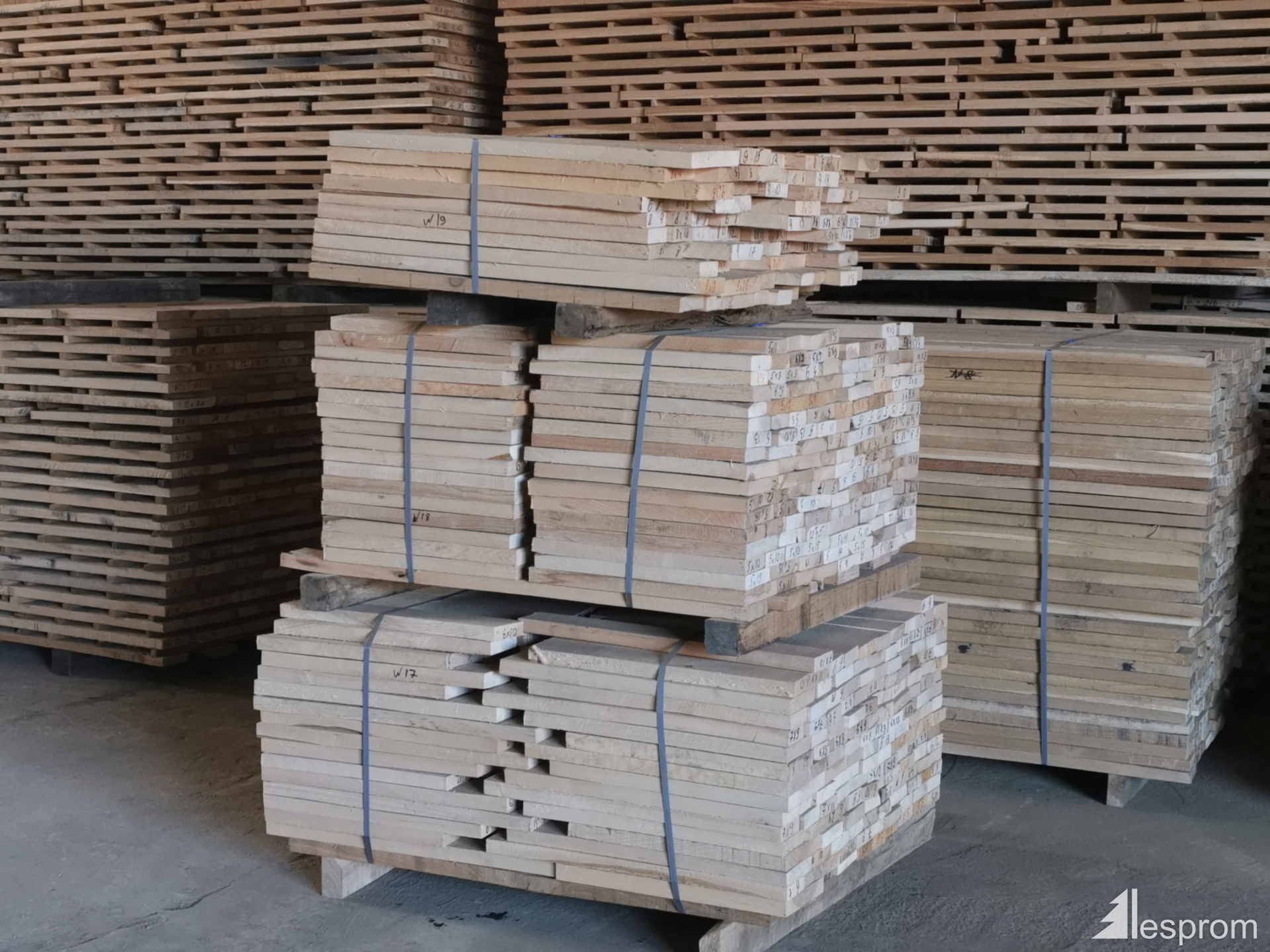
30 mm x 50 mm x 3000 mm KD S4S Heat Treated Oak Lumber
The prediction of physical (wood density, mass loss) and mechanical (bending properties, compressive strength parallel to grain, and Brinell hardness) properties of heat-treated sessile oak (Quercus petraea L.) by FT-NIR spectroscopy, colour change, and partial least squares regression (PLS) was studied. Samples of oak sapwood and heartwood were treated for 4 h at temperatures at 170, 190, and.
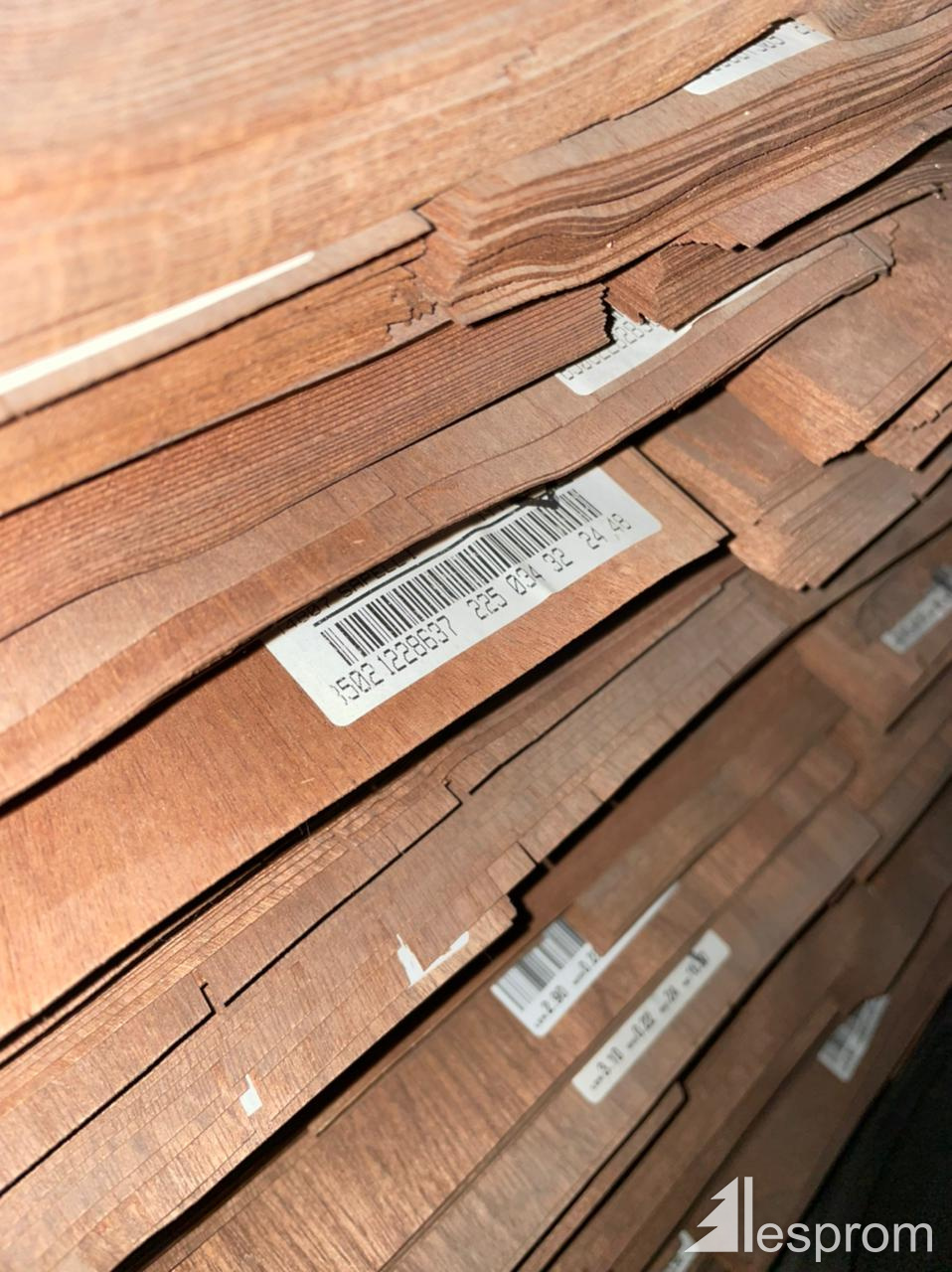
30 mm x 100 mm x 2000 mm KD S4S Heat Treated Oak Lumber
Boone Valley Can Provide The Correct Stamps. What is ISPM-15? ISPM-15 is an agreement between the United States and 133 other countries that requires all wood packaging material (both hardwood and pine) used in exports be heat treated at a core temperature of 56 degrees Celsius for a minimum of 30 minutes.This process eliminates the presence of pests found in wood crating products, and.
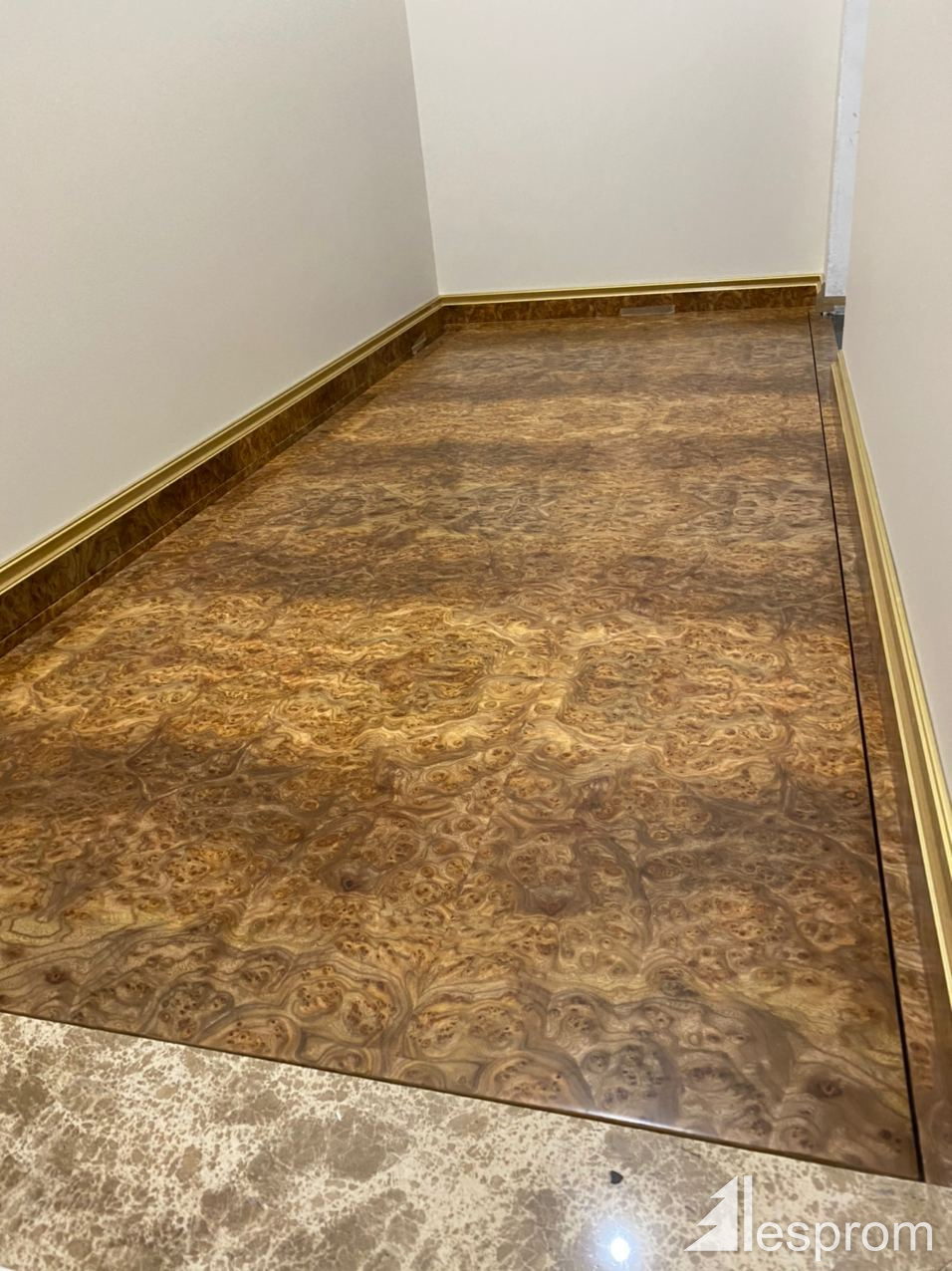
30 mm x 200 mm x 4000 mm KD S4S Heat Treated Oak Lumber
MacBeath Hardwood solved this borrowing a tactic used by Vikings centuries ago. Thermally modified lumber combines heat and steam to turn wood into a new and improved outdoor construction material. Nearly any hardwood species can be treated. Once the hardwood material is thermally modified, it becomes weather resistant and is ideal for siding.

Lema 'Shade' Dining Table in Heat Treated Oak Chairish
Red oak cladding gives an exquisite and timeless finish to exterior walls, retaining the elegant look even as the wood ages. Exceptionally weather-resistant and durable, red oak decking boards are built to last. Thermory thermally modified red oak has the highest durability class and rot resistance for 25+ years. Red oak ages beautifully.
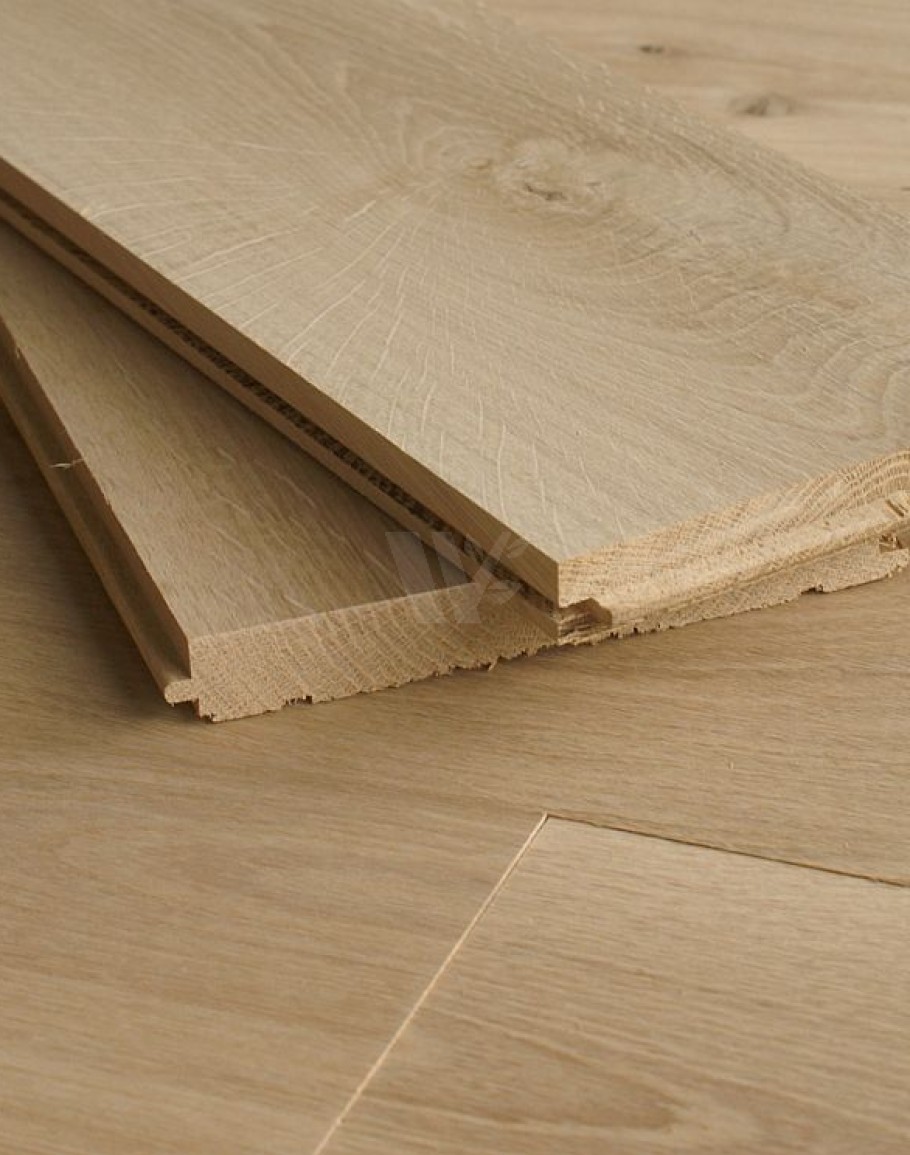
16cm Solid Oak Floorboards D16A Unfinished Rustic B
In this study, wood samples from oak (Quercus petraea L.), one of the most used species for parquet, were heat treated (ThermoWood method) at 190 °C for 2 h and at 212 °C for 1 and 2 h. Untreated and heat treated wood surfaces were coated following two different applications: type 1, with a single layer of sealer (50 g/m2) and type 2 with two layers (35 g/m2) using a nanolacke varnishing system.
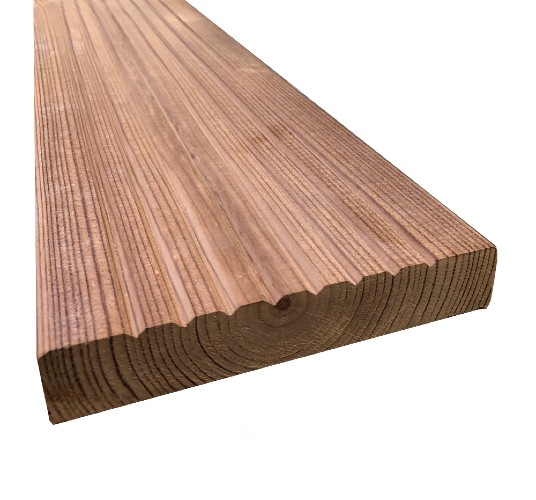
Heat Treated Thermowood Decking 125mm x 32mm Atlantic Timber
Shear strength parallel to the grain of impregnated and heat-treated oak wood . Density . According to Table 4, the highest density was obtained in specimen s .
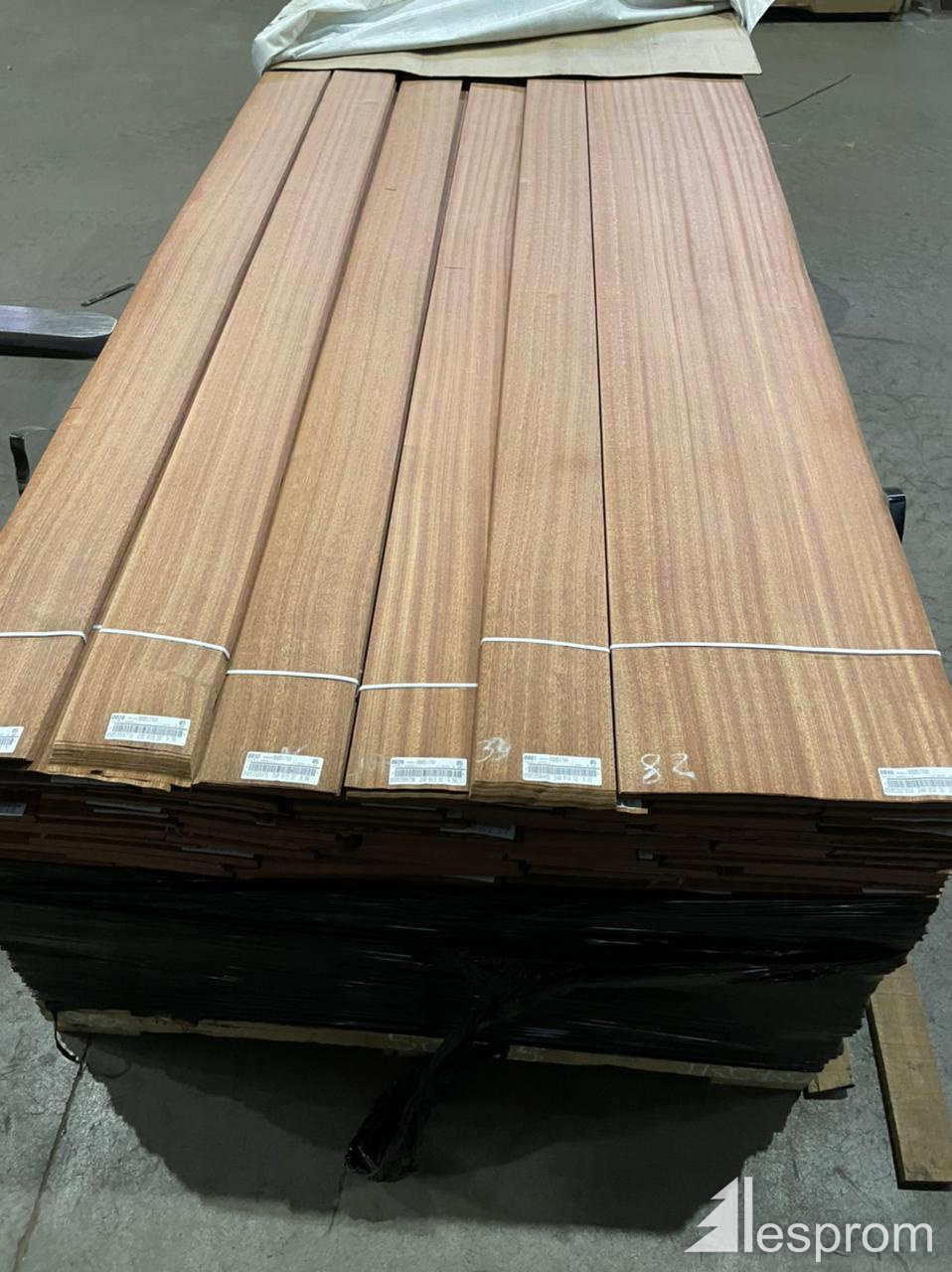
30 mm x 200 mm x 4000 mm KD S4S Heat Treated Oak Lumber
The properties of oak heat treated at temperatures of 160-220 °C, oxygen concentrations of 2-10 %, steam pressures of 0.1-0.4 MPa and treatment time of 2-4 h were investigated. Although modulus of elasticity (MOE), modulus of rupture (MOR) and equilibrium moisture content (EMC) of the heat-treated wood (HTW) were reduced, the value of $$ \\Updelta E^{*} $$ Δ E ∗ was increased, and.
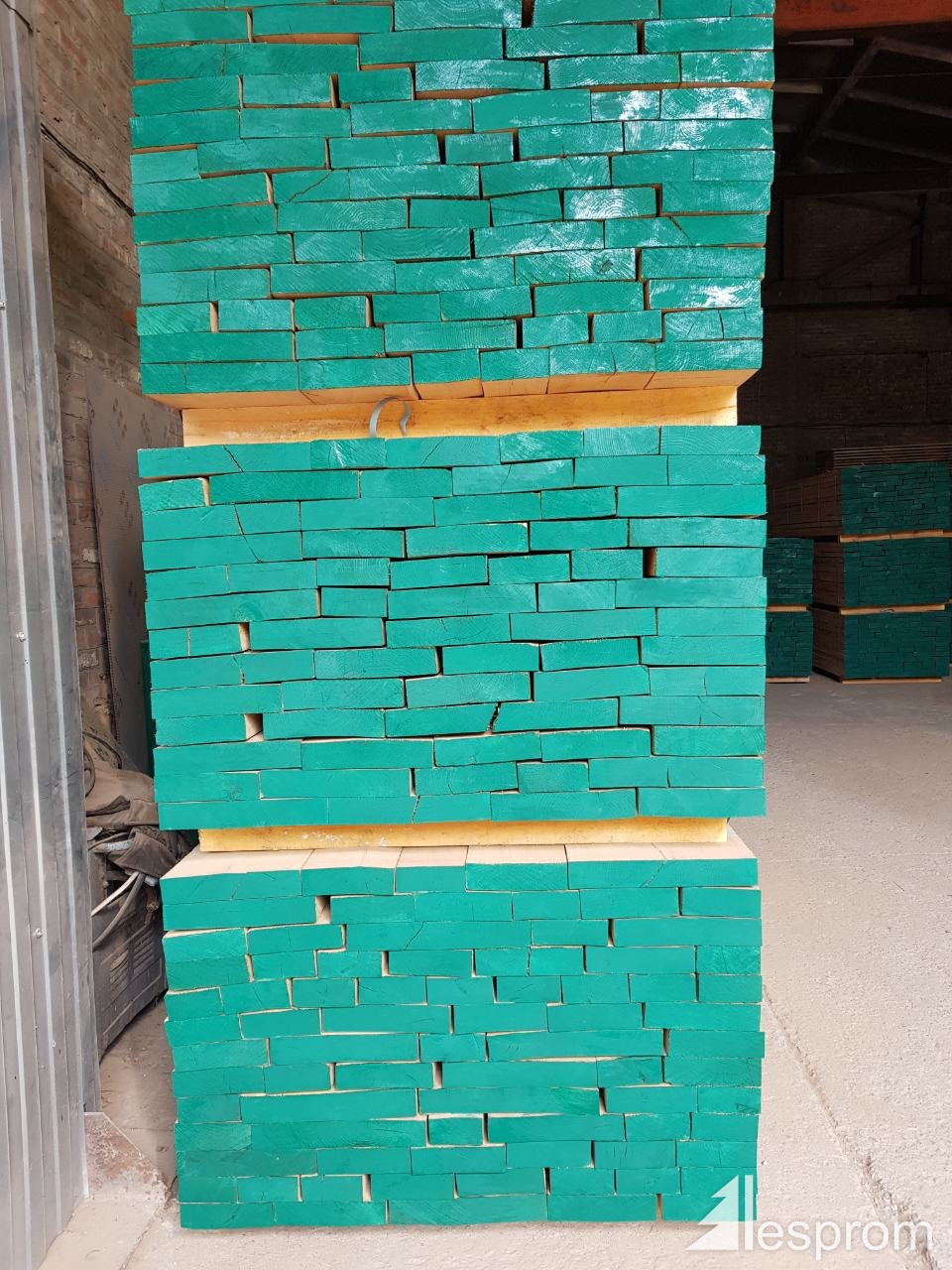
32 mm x 150 mm x 3000 mm KD S2S Heat Treated Oak Lumber
Heat treating effectively eliminates longhorn beetle, emerald ash borer, pinewood nematode and diseases such as Dutch elm disease. The majority of wood used in packaging is spruce, pine, fir and hemlock. Hardwood species, such as cherry or oak, also require the heat treated stamp.
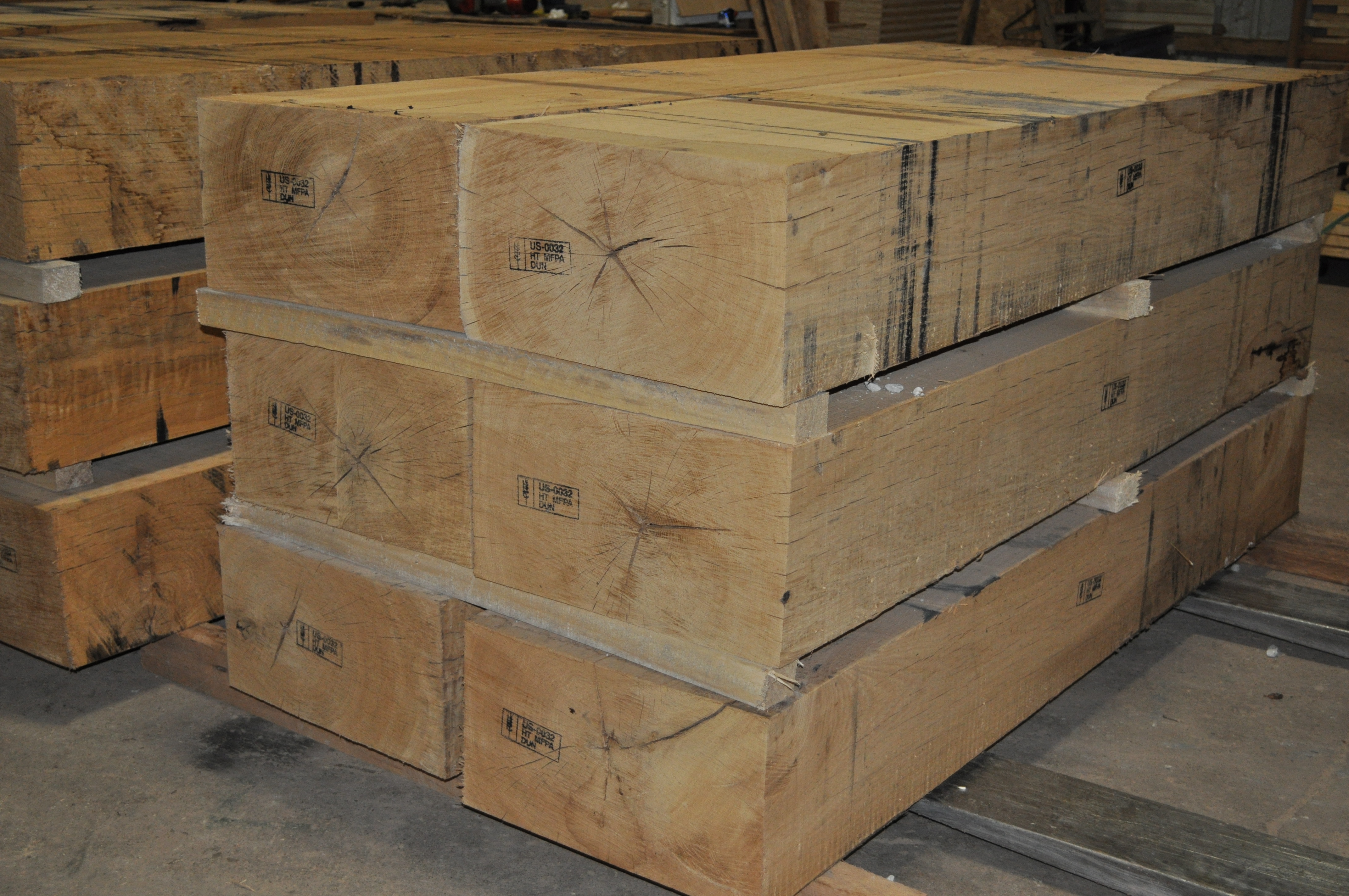
Heat Treated Lumber Boone Valley Forest Part 2
Heat-treated wood can have reduced shrinkage and swelling values ranging from 50 to 70 percent. Enhancement of biological resistance against insect deterioration, specifically to termites and certain microorganisms, is also another advantage of heat treatment. Reduction in strength and hardness reduction of heat-treated wood is probably the.
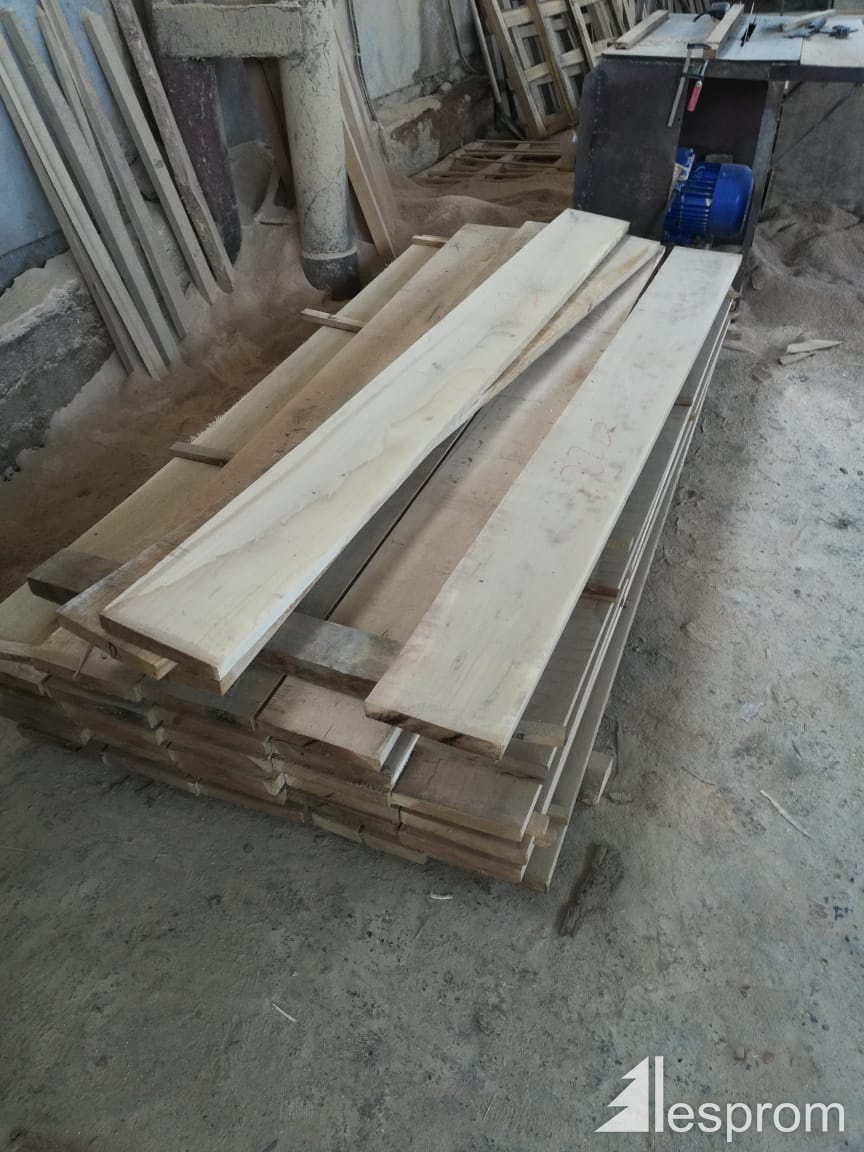
30 mm x 100 mm x 2000 mm KD S4S Heat Treated Oak Lumber
Pedunculate oak (Quercus robur L.) is the second most abundant hardwood species in Slovakia and a heat treatment gives another option for adding to its economic value. Air-dried lumber from a trunk of a 120 years old tree was used to prepare defect-free samples that were 30 × 30 × 120 mm.

Heat Treated Lumber For Export Oak Chocks Boone Valley Forest
That makes heat-treated oak extremely stable and suitable for exterior projects because it's not suceptible to wood movement and the havoc of the changes brought on by rain, snow, sunshine, humidity and temperature. Give this video a spin to learn more about how it's done, why, and what to know about working with the material.
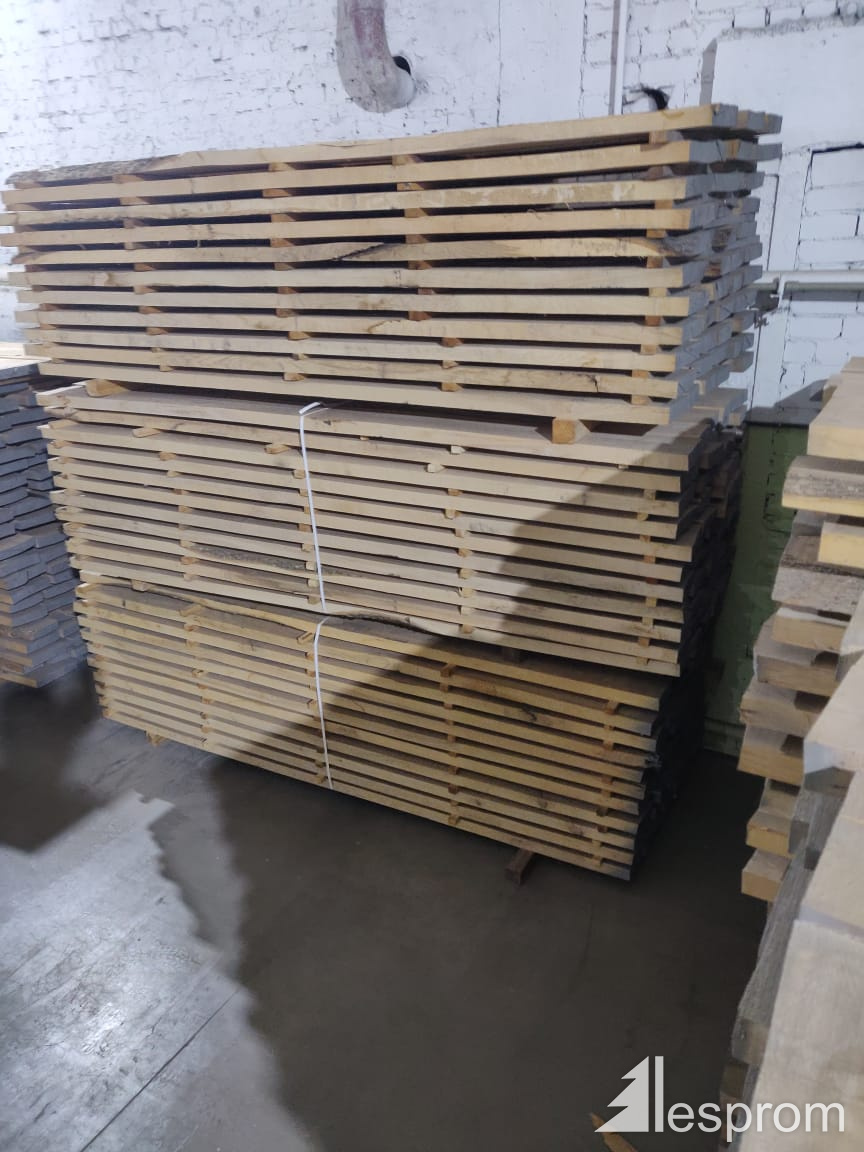
30 mm x 200 mm x 4000 mm KD S4S Heat Treated Oak Lumber
Thermal modification causes changes in the structure of wood cell wall polymers, which is reflected in a change in its properties. Heat treatment conditions have a direct effect on the chemical decomposition of wood [ 5 ]. Wood is a complex biological material and the thermal decomposition of its main components (hemicellulose, cellulose and.
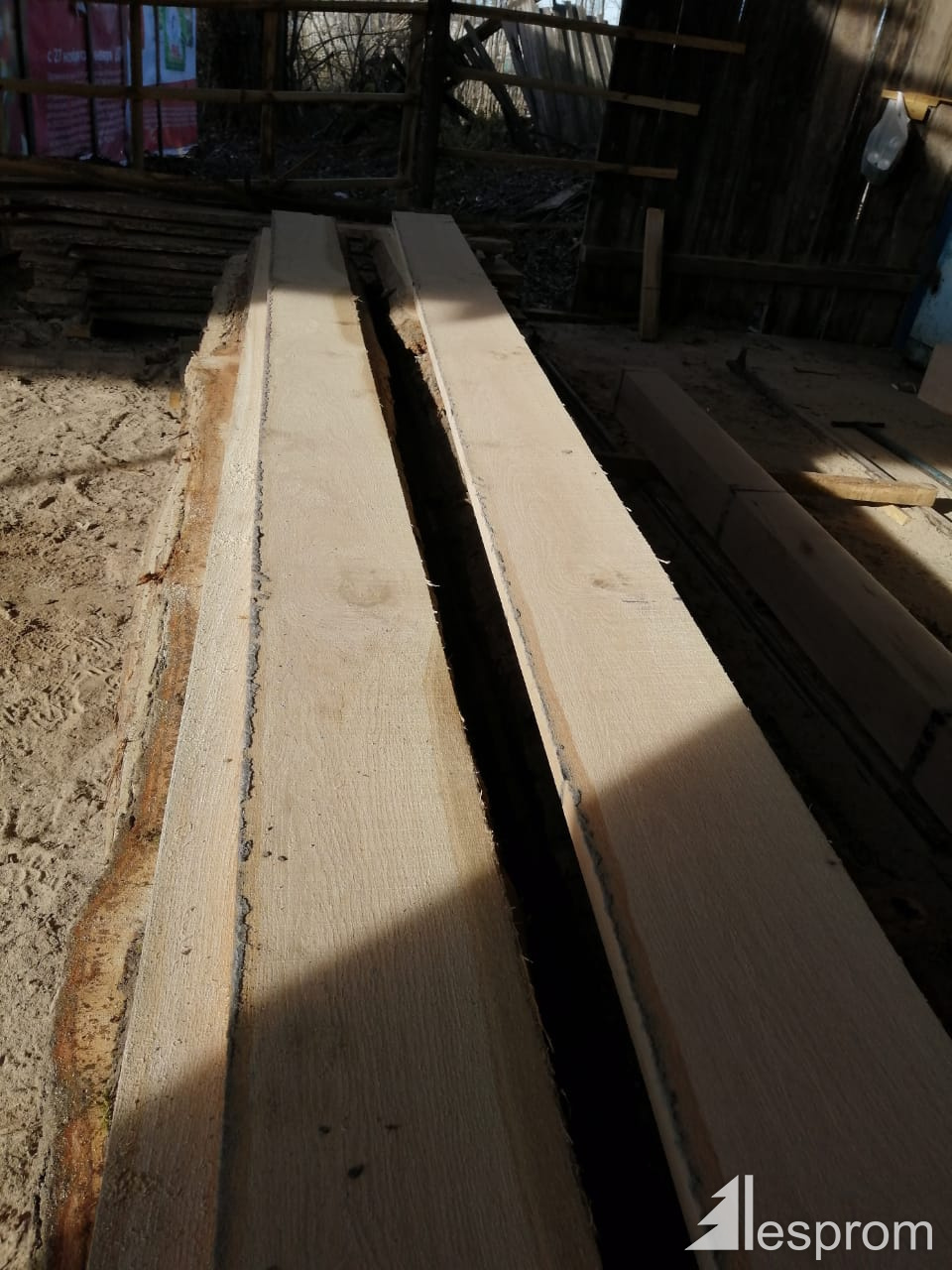
30 mm x 200 mm x 4000 mm KD S4S Heat Treated Oak Lumber
The heat-treating process warms the wood from 185°C to 212°C (depending on the species), which changes the color and improves its decay resistance. After treatment, hickory and ash have color closer to exotics like ipé and wenge. Maple takes on a walnut hue. Oak takes on a fumed look, while birch, alder, and aspen take on a reddish color.
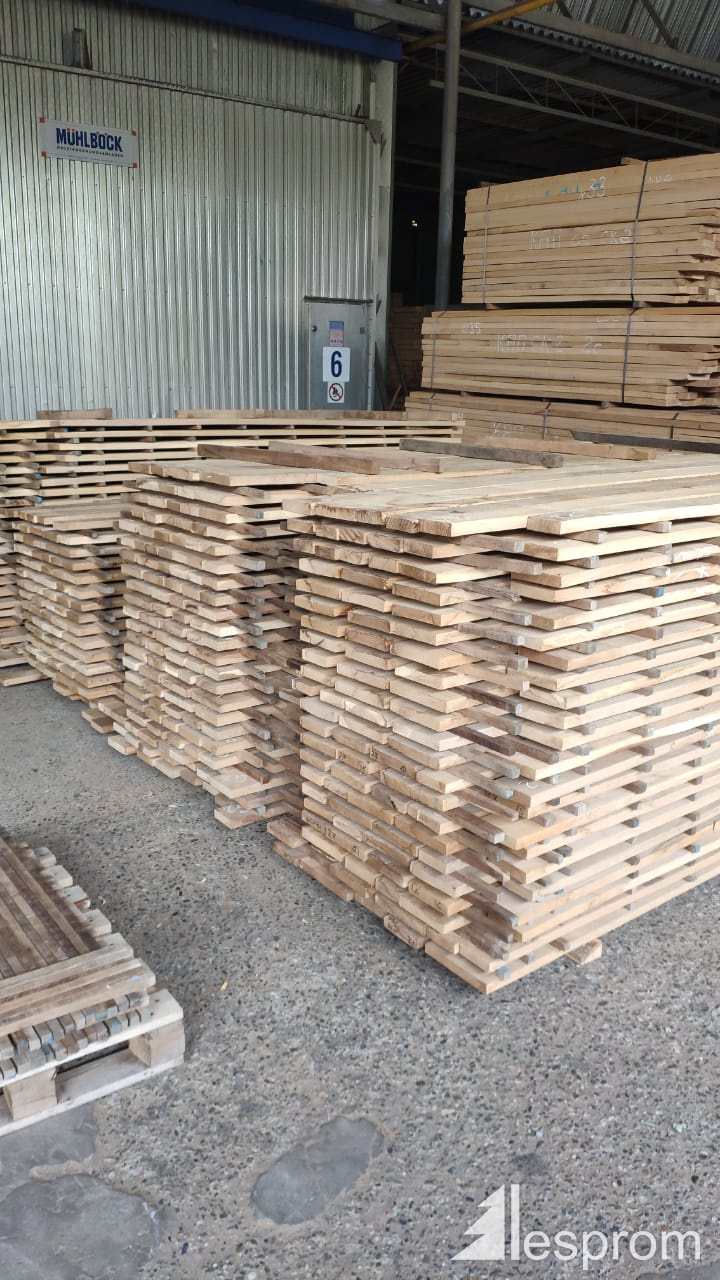
30 mm x 100 mm x 2000 mm KD S4S Heat Treated Oak Lumber
The temperature and time parameters of heat treatment have a decisive influence on the mechanical properties of wood, but the degree of influence is different. Percin et al. (2015) heat-treated oak (Quercus petraea Liebl.) wood at 160, 190, and 220 °C for 2 and 4 h, and tested some mechanical properties.
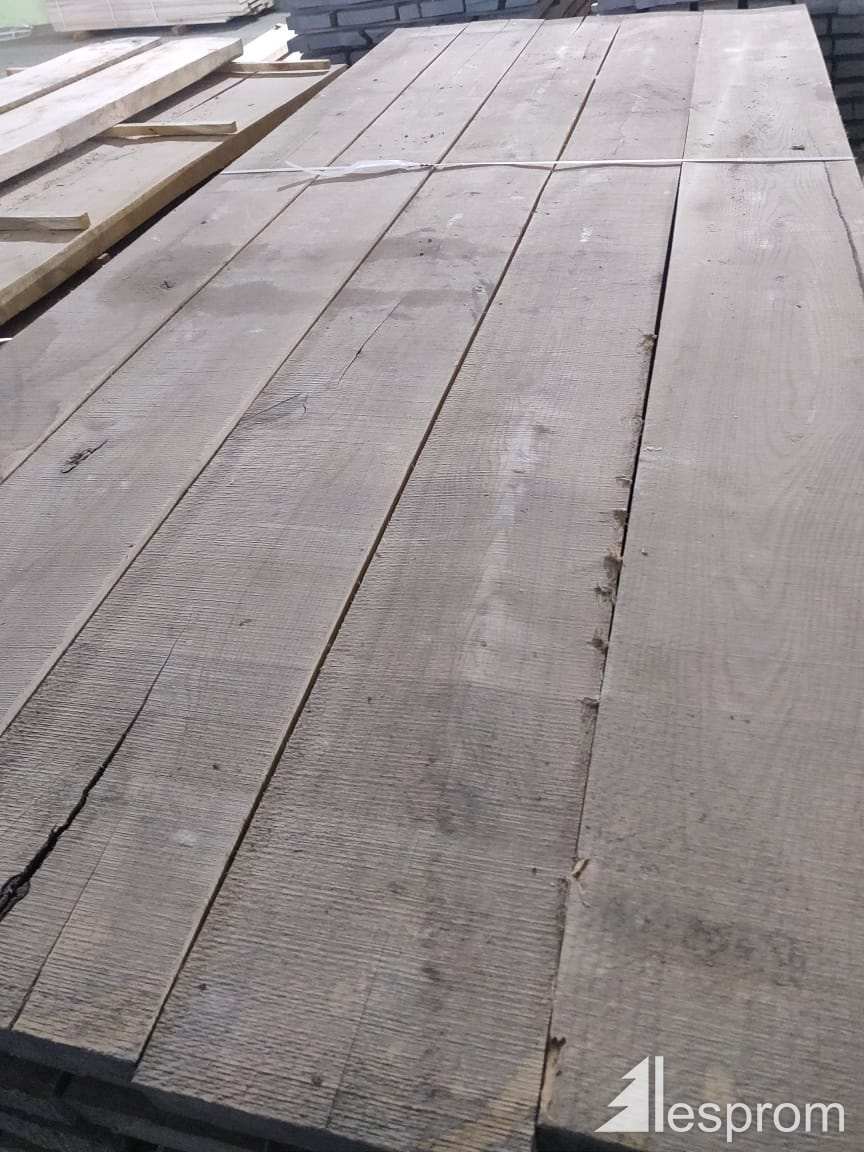
30 mm x 200 mm x 4000 mm KD S4S Heat Treated Oak Lumber
Thermally Modified Decking. Thermally modified wood, also called heat-treated wood, has been available since the mid-1990s in Europe, where it was developed as an environmentally friendly alternative to tropical hardwoods. It's relatively new to North America, though, and its lack of a track record makes a lot of builders hesitant to try it.
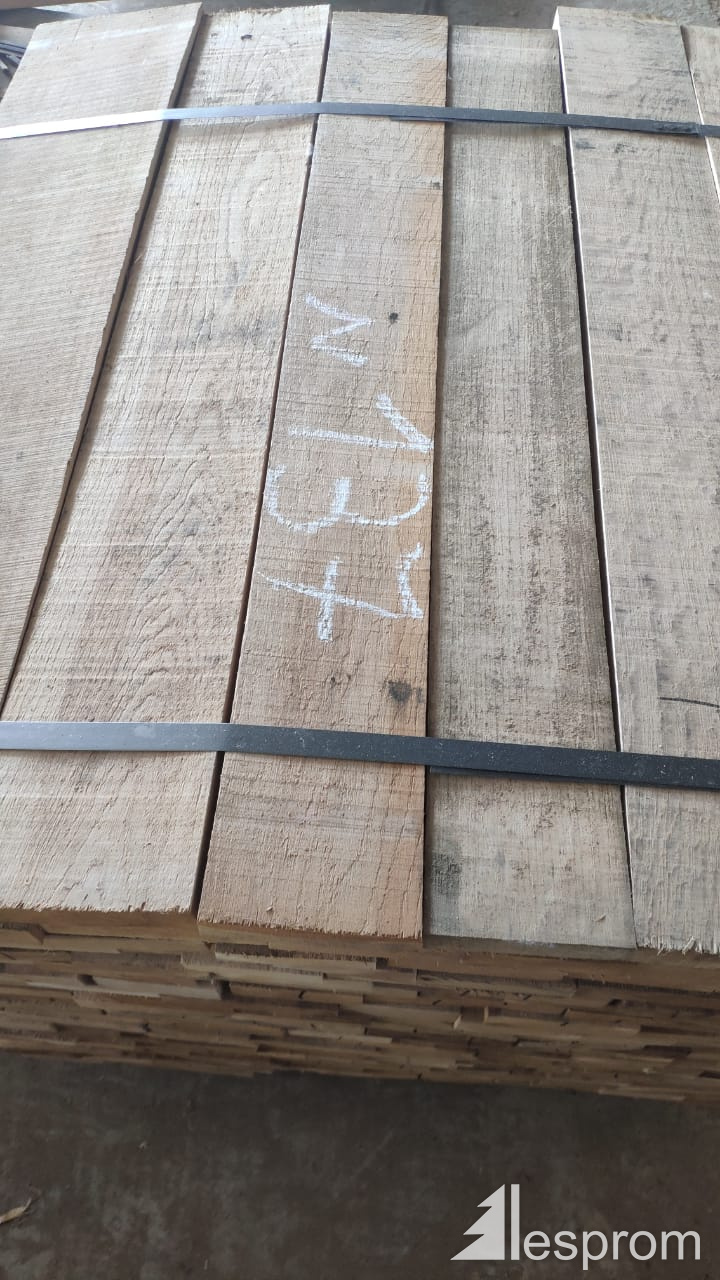
30 mm x 200 mm x 4000 mm KD S4S Heat Treated Oak Lumber
The objective of this work is to investigate the effect of heat treatment on swelling, hardness and surface quality of samples from four species, namely mindi ( Melia azedarch L.), mahogany ( Swietenia macrophyla ), red oak ( Quercus falcate Michx.) and Southern pine ( Pinus taeda L.). Specimens were exposed to temperature levels of 130 °C and.